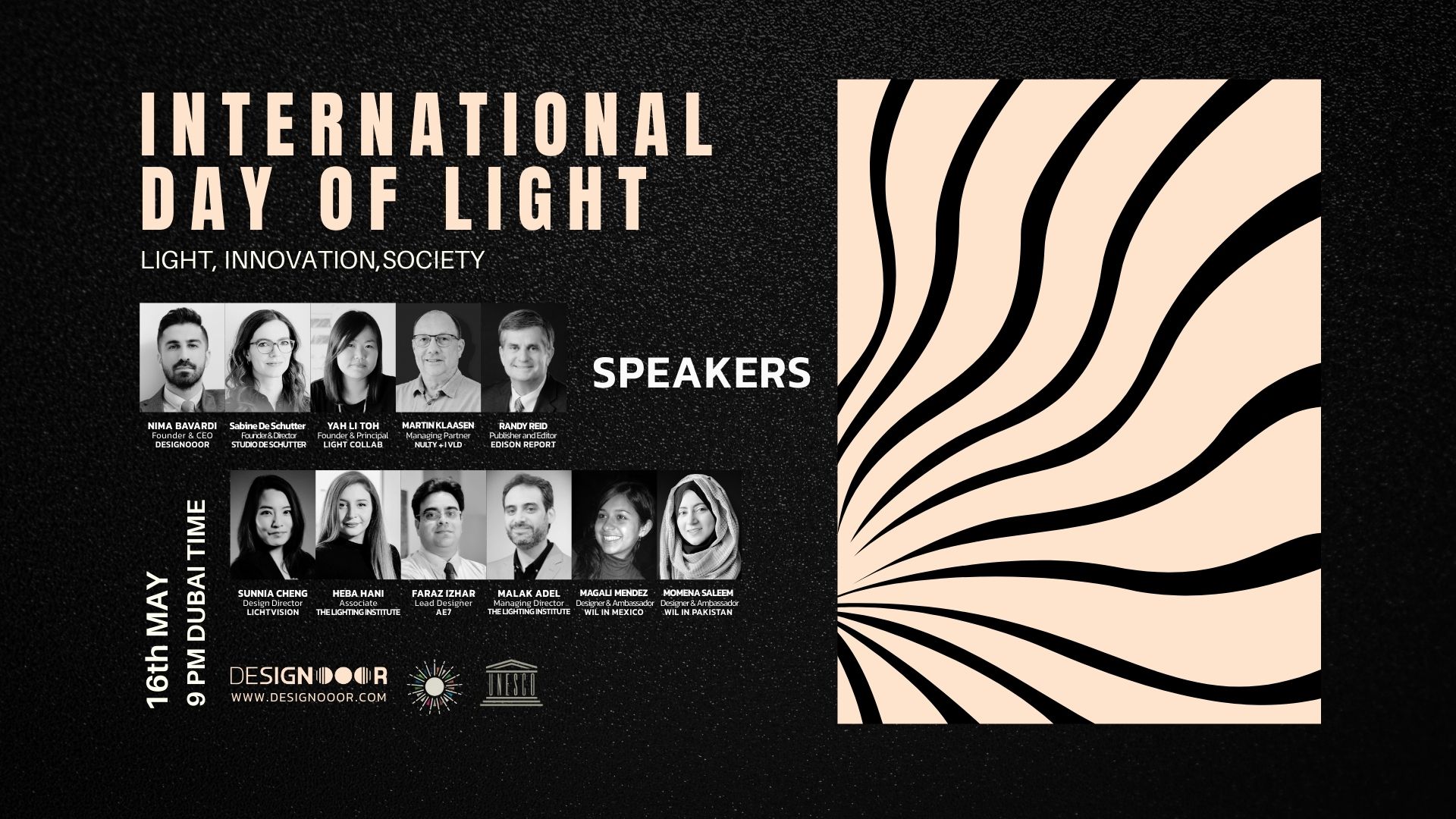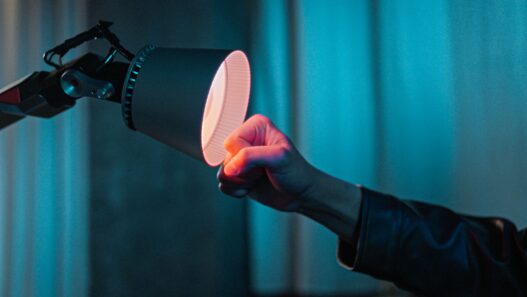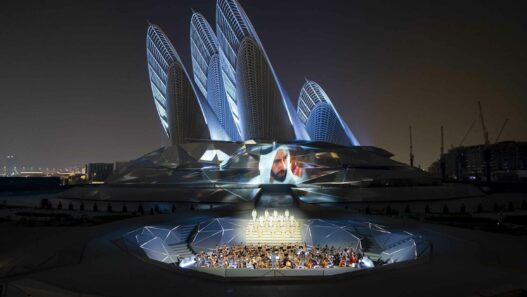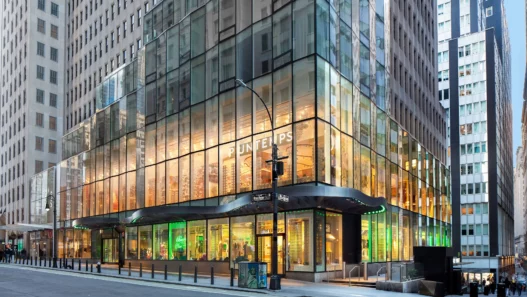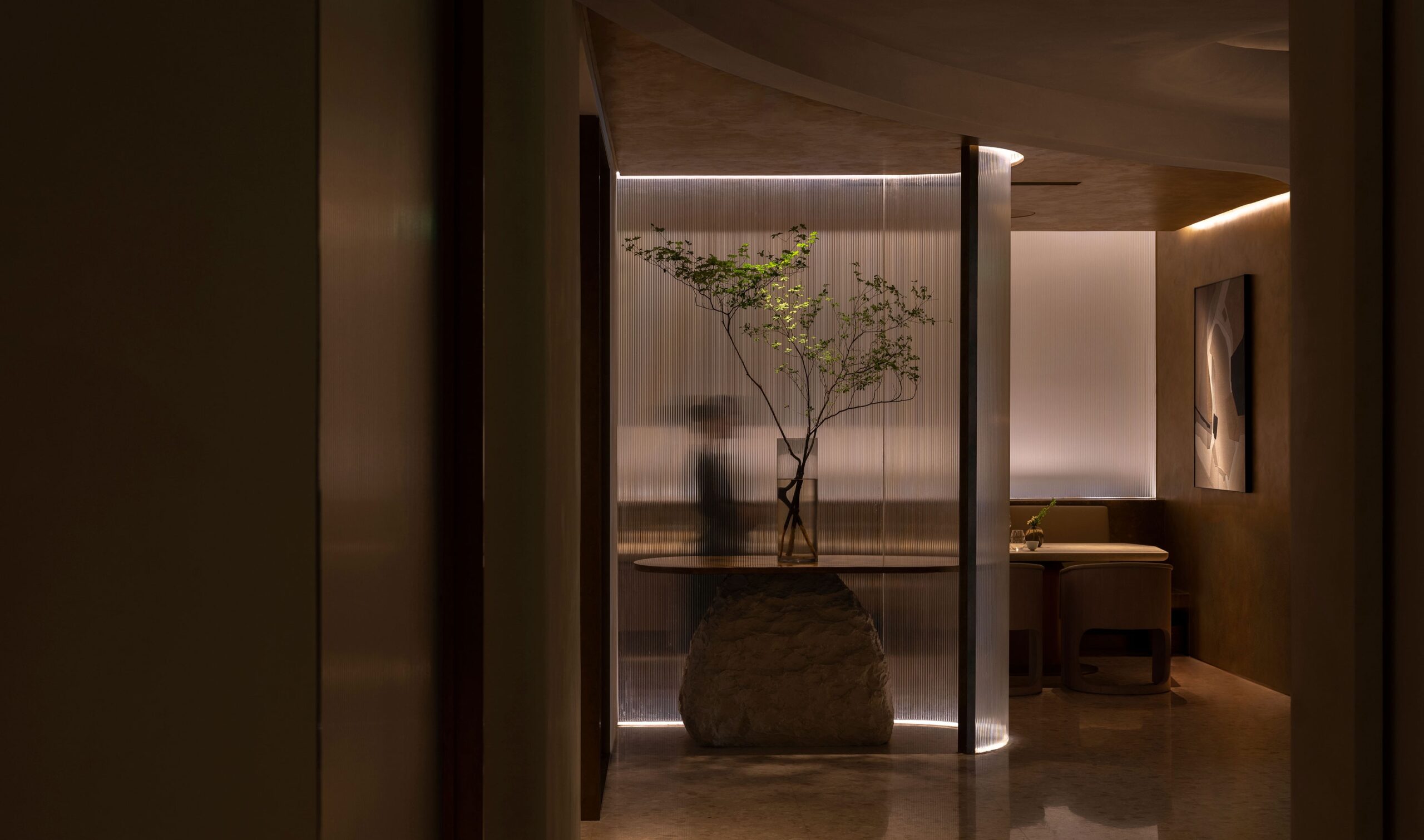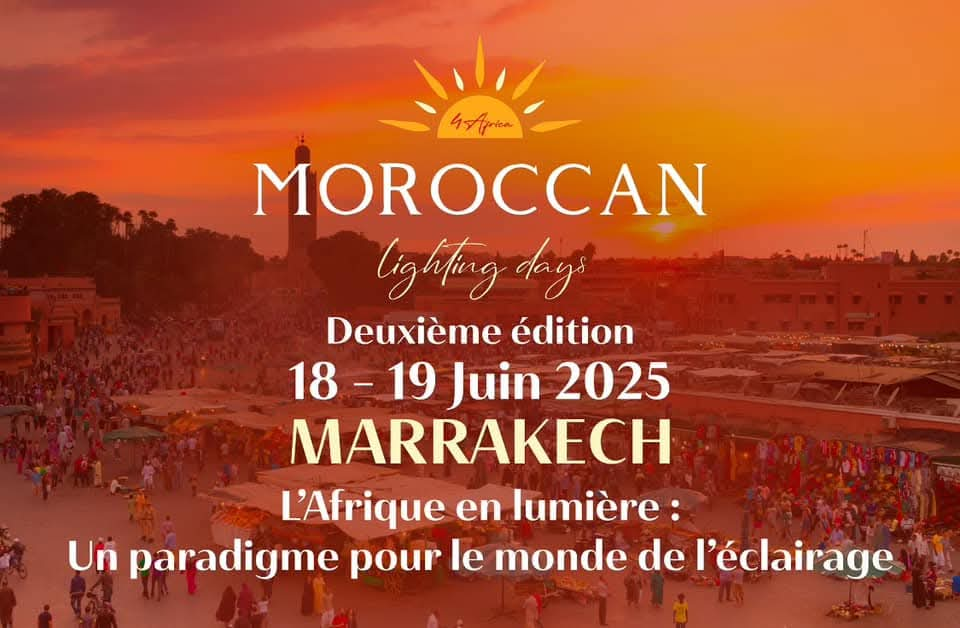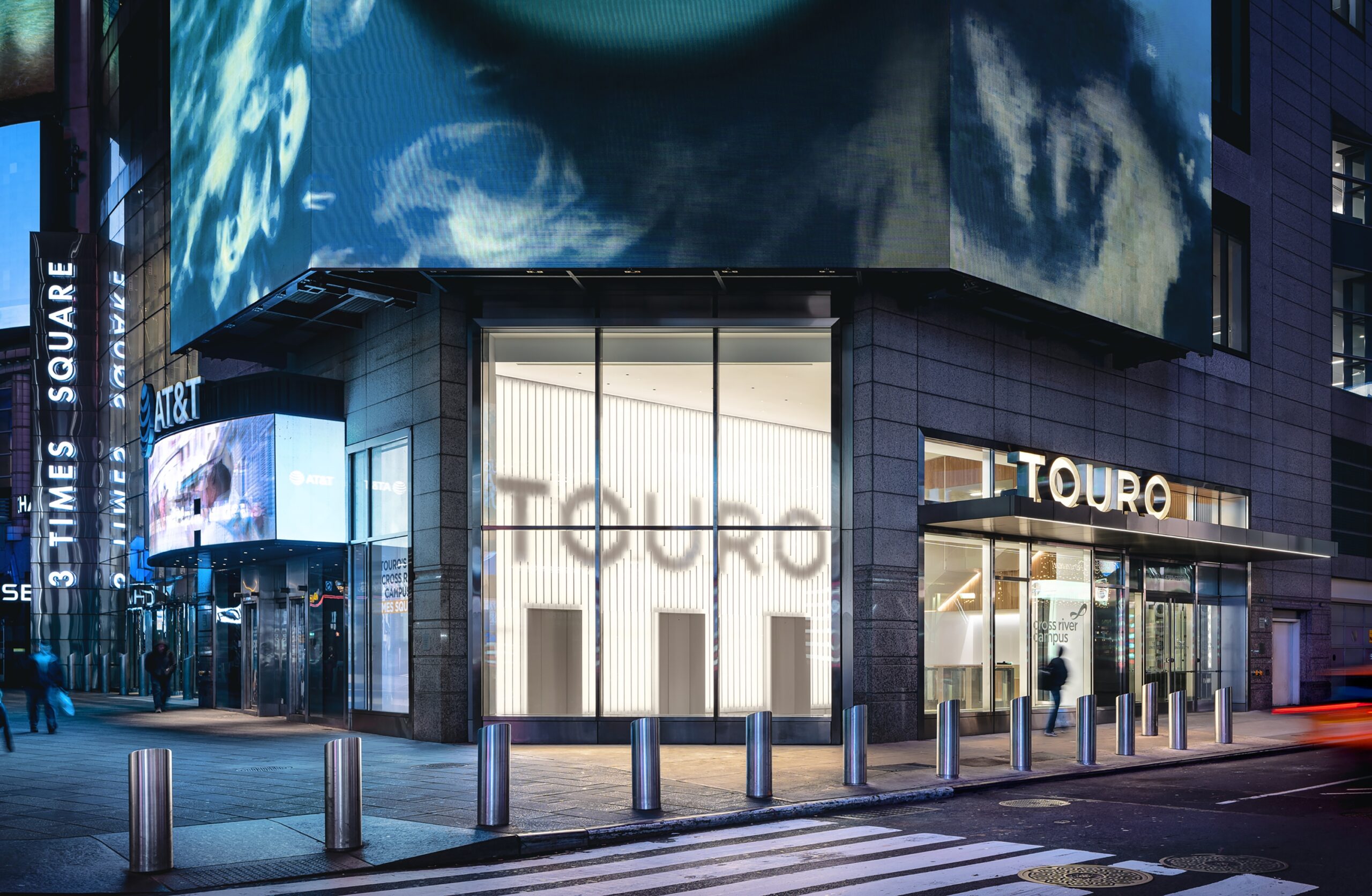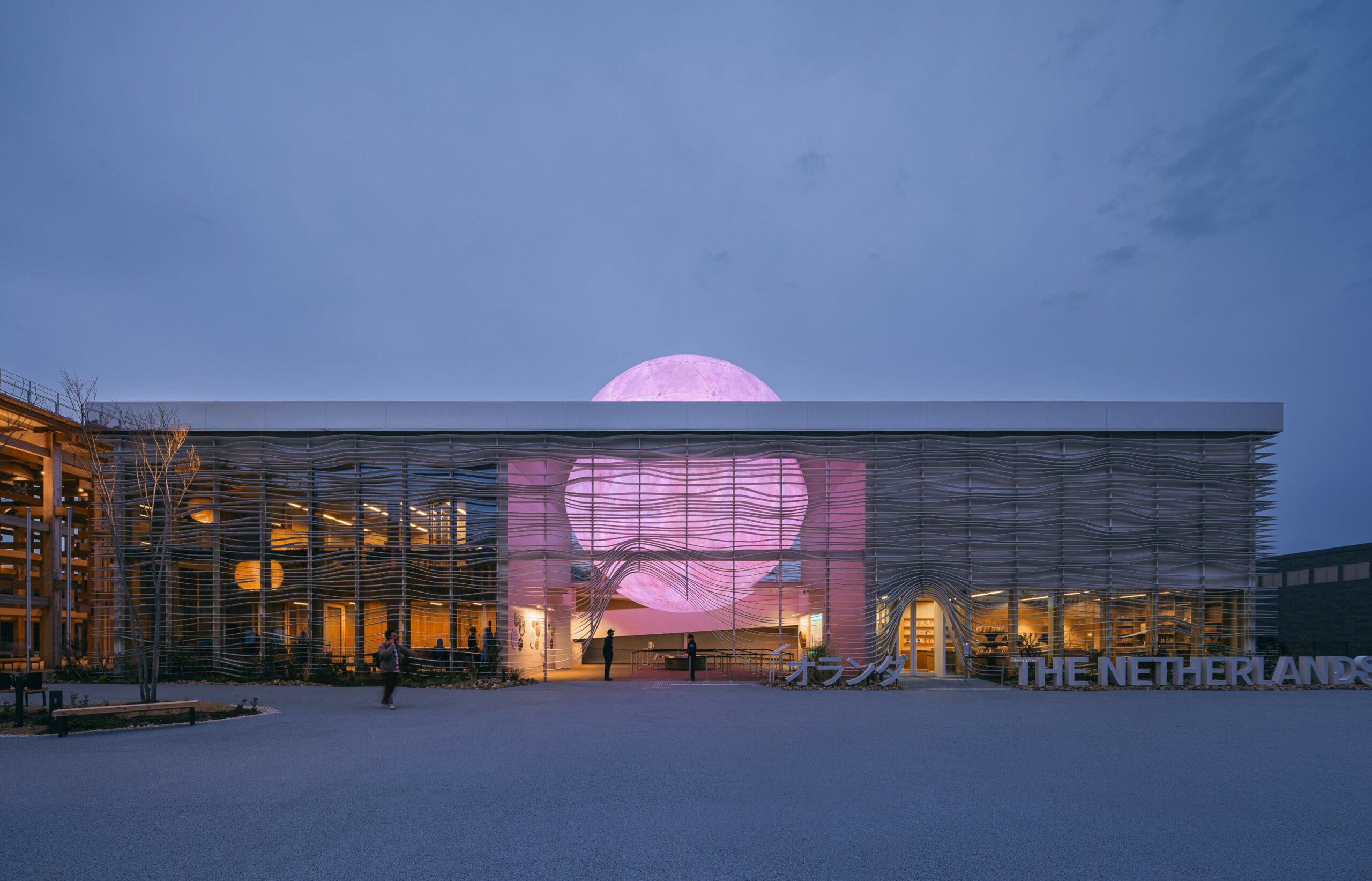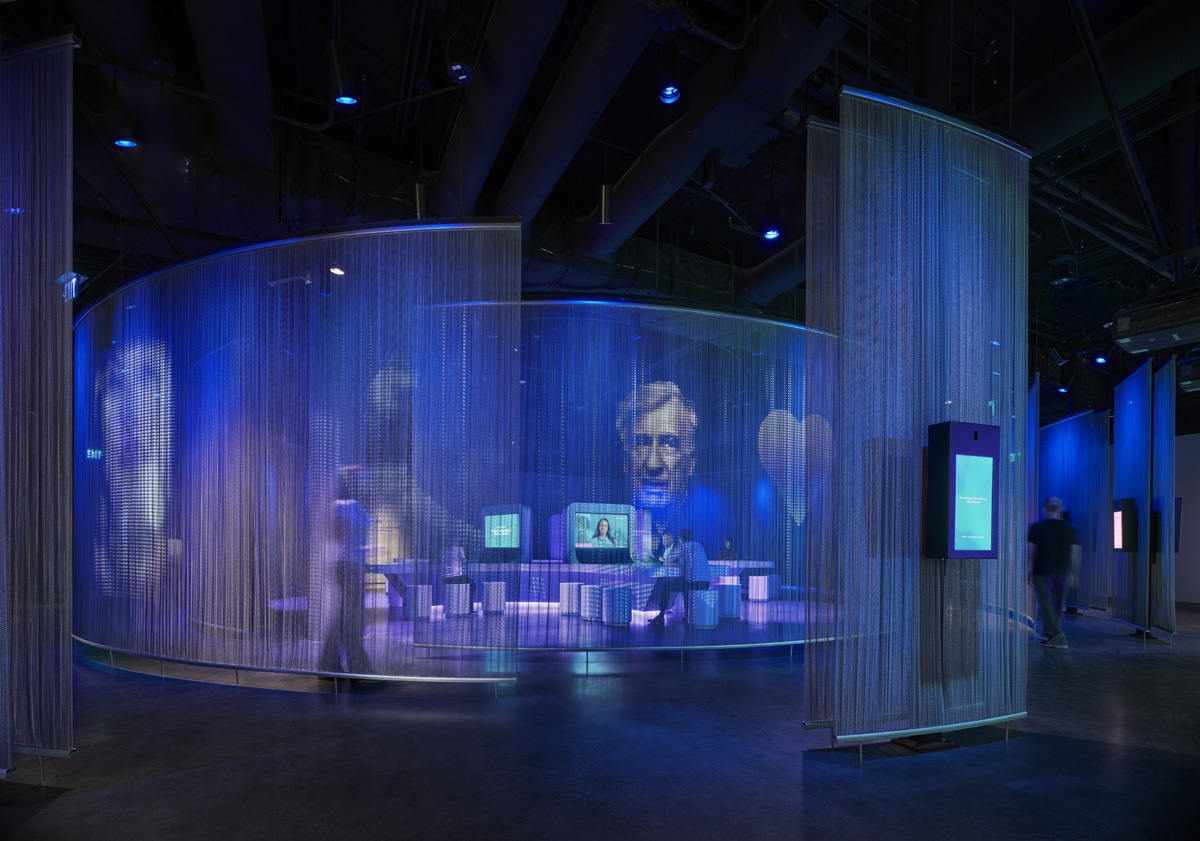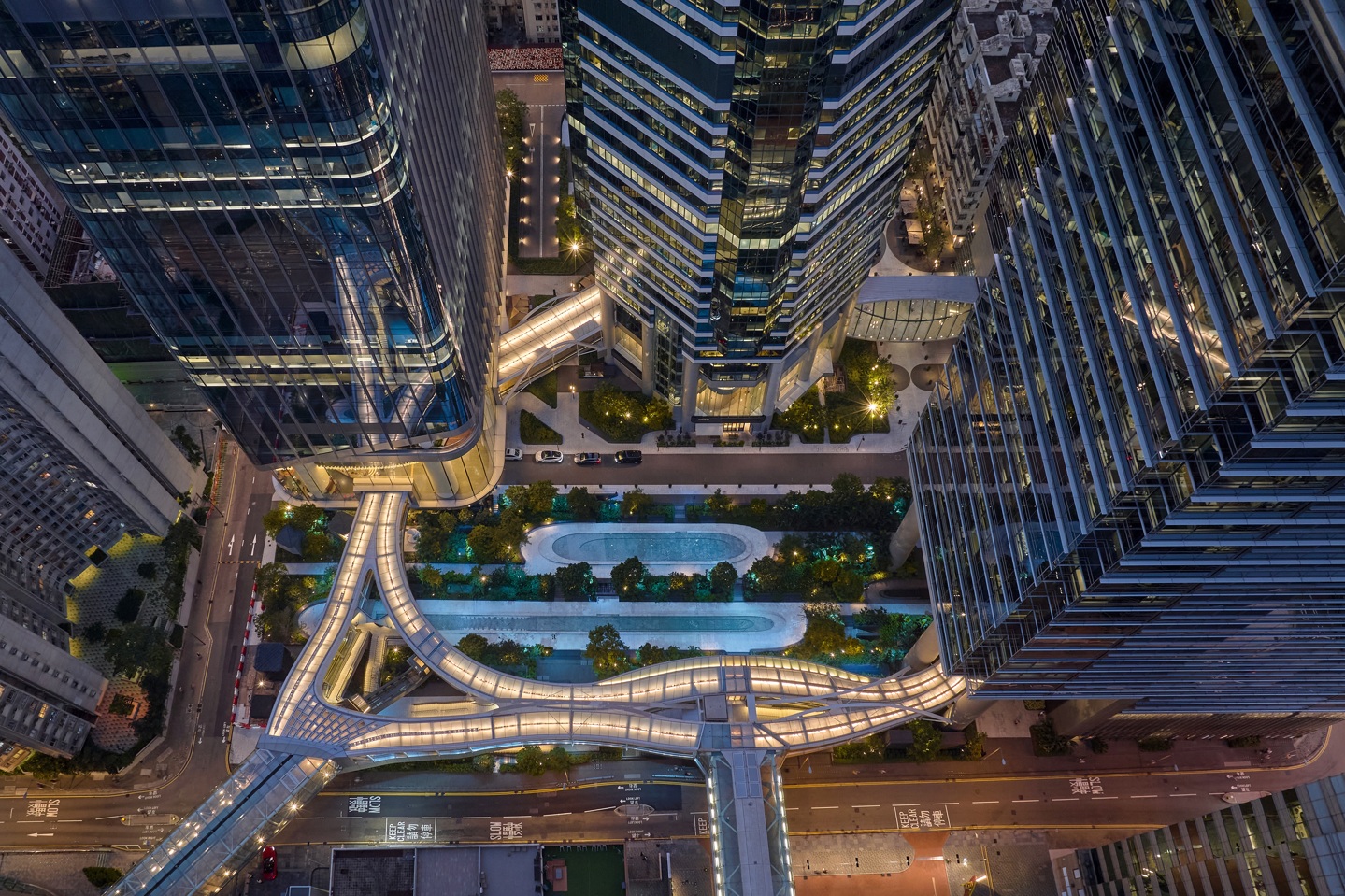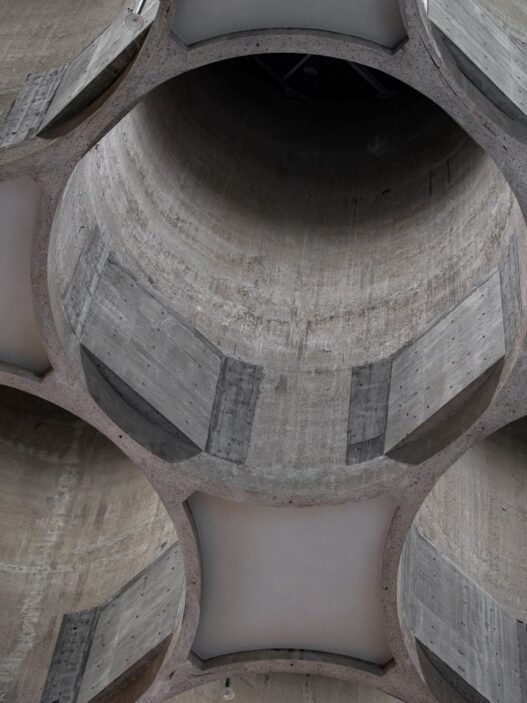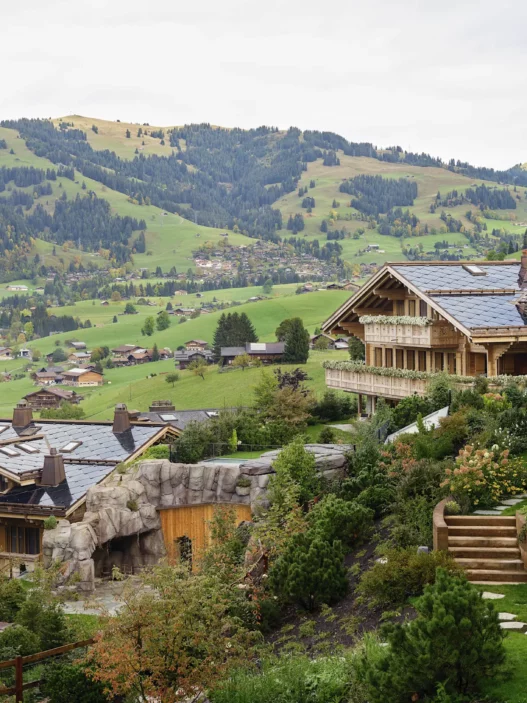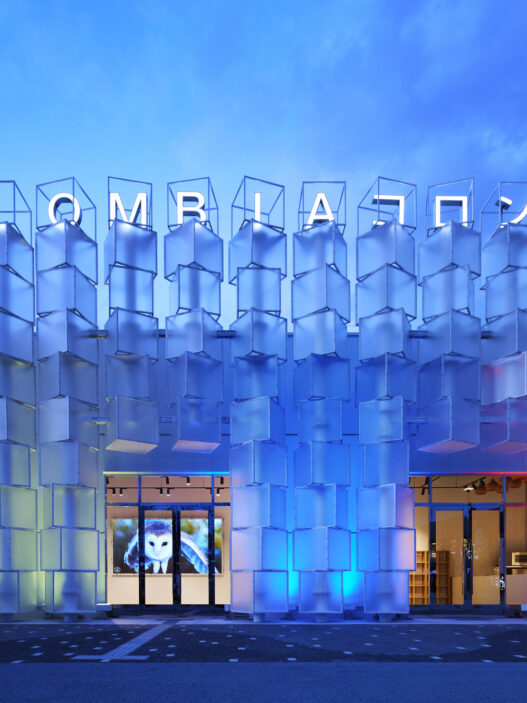In this architecture light is not a tool it is the subject itself. At Lu Style light neither merely illuminates nor is it decorative it hovers somewhere between memory and dream. Here the architect has not sought to construct space but to carve a pause in time a rupture in the continuity of daily moments that invites the observer not to see but to experience. Light is not in a fixture nor on a wall it is in the air suspended hidden like the distant sound of a bell that no longer rings yet its echo lingers in memory.
The formation of space through light in this project is done with a kind of modesty a light that does not want to show itself a light that forgets itself and yet without it the absence would be deeply felt. Like the presence of someone who enters a room and says nothing not their silence but their effect is perceived. By removing the light source from view the designer has taken away its authority and this very absence transforms light into a mental phenomenon. What is illuminated is not objects but relationships the wall with the ceiling the light with material time with silence and here light is the only thing that justifies itself. Form no longer rules it instead it surrenders as if stone and plaster have accepted that light is the final master.
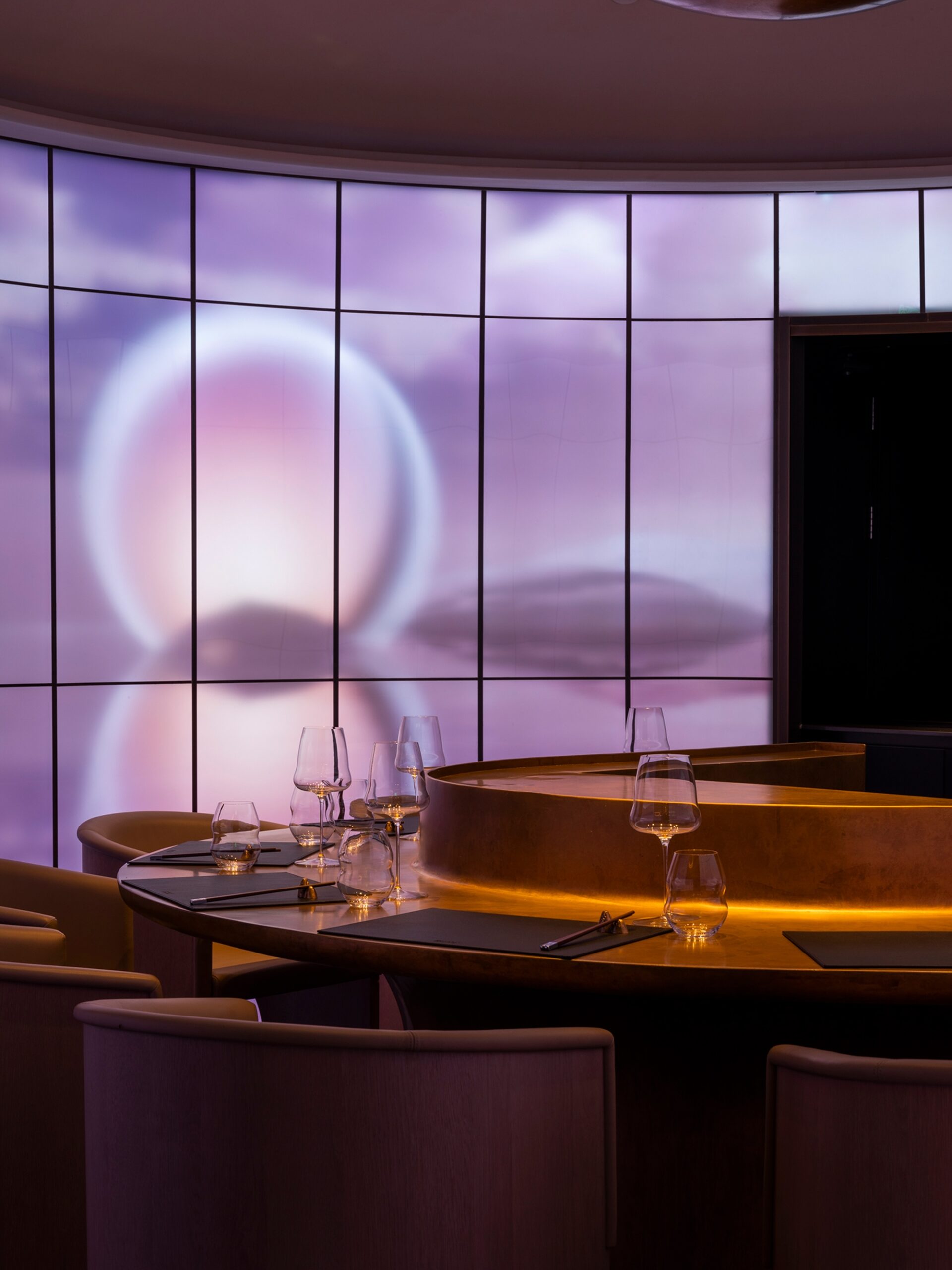
From a functional perspective the project is extremely precise but not in the conventional sense of uniform lighting or technological optimization. The careful control of color temperature the gradual dimming over time and the use of domes as instruments of temporal transition are not for comfort but for immersion in duration and stillness. Architecture becomes a clock not a device for counting time but a setting for dwelling within it. The user transitions through different phases without realizing not compelled by any system but lured by air seduced by the warmth of a particular shadow.
The mechanism of this light may be based on programming but its essence is rooted in a deeper understanding of the diurnal rhythm. Just like the moon changes its shape every night without any command light here is not controlled externally but internalized. This is not a design inspired by lighting devices but by the act of living in light. If a resemblance must be drawn perhaps the closest parallel is found in literature in the poetry of Paul Valery where between meaning and absence a ray of the mind passes through. This architecture seems to exist in that very space a threshold between form and formlessness between presence and disappearance.
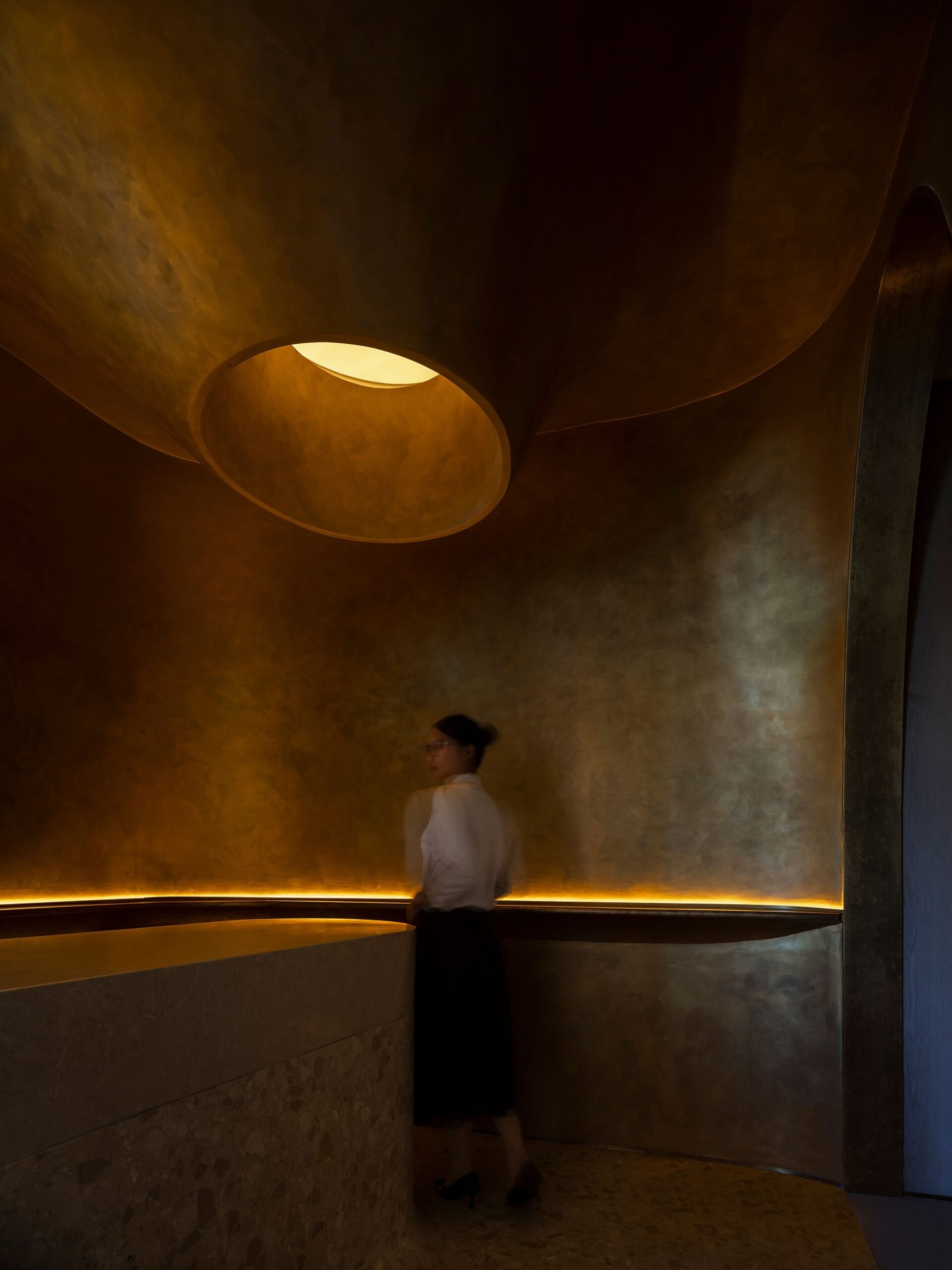
Lu Style is not an architecture that presents itself it remains not because of its material or scale but because of what is unseen. What is experienced in this space is not the result of design but a kind of encounter a pause as if someone has placed a hand on your shoulder and said stay here in this light not to see but to be. This is where architecture needs no architect only a listener.
Brand : Beijing PRO Lighting Design Co
Designer : Li Hui, Jing Xin
Photo Credits : TOPIA Vision
Prize: LIT Lighting Design Award, [d]arc Award
